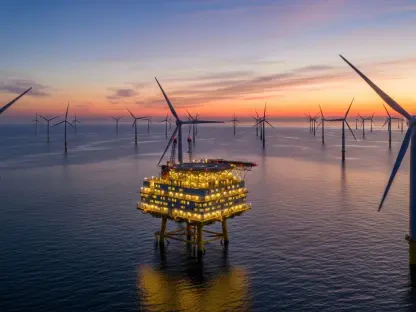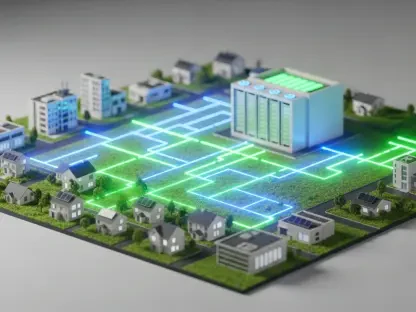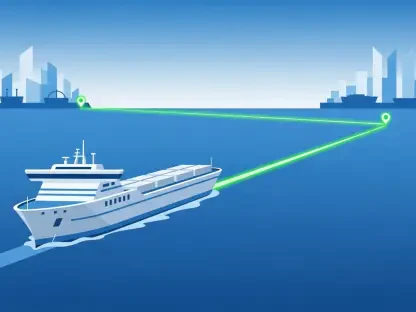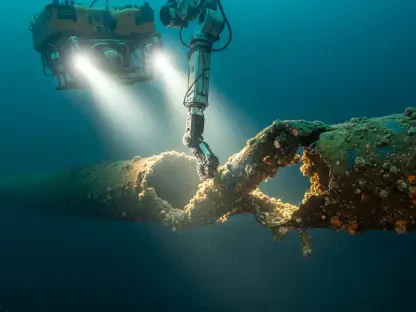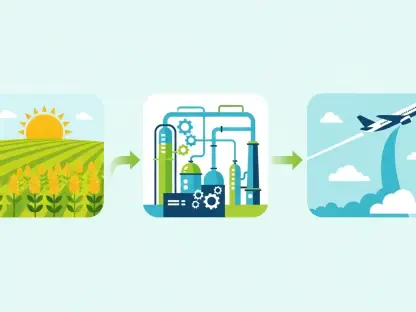The urgency to mitigate climate change has put carbon capture technology in the spotlight for its potential to reduce harmful CO2 emissions from industrial and power generation sources. Central to the strategy of the Biden-Harris Administration is the ambitious objective to reach a net-zero greenhouse gas emissions economy by 2050. To achieve this, advancements in carbon capture must move from the realms of research laboratories to full-scale commercial operations. Historically, amine-based carbon capture has been the go-to technology for these purposes. However, newly emerging methods are showing promise for being more cost-efficient and for enhancing overall performance.The journey toward the large-scale application of these technologies is not a direct plunge but a measured phase-in termed as the development trajectory. This journey starts within the confines of small-scale laboratory research and gradually extends to pilot testing, both small and large in scope. The zenith of this developmental arc is the full-scale commercial demonstrations. By adhering to this gradual approach, each step serves as a strategic checkpoint, ensuring the funding is judiciously invested, project risks are diligently managed, and the technology’s effectiveness is meticulously gauged.


